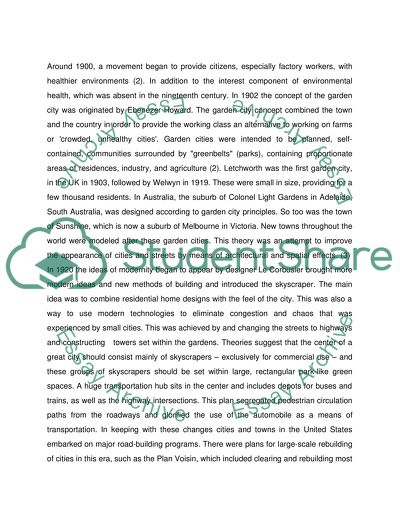Cite this document
(“History of planning and urban design in 20th century Essay”, n.d.)
Retrieved from https://studentshare.org/architecture/1420992-history-of-planning-and-urban-design-in-20th-century
Retrieved from https://studentshare.org/architecture/1420992-history-of-planning-and-urban-design-in-20th-century
(History of Planning and Urban Design in 20th Century Essay)
https://studentshare.org/architecture/1420992-history-of-planning-and-urban-design-in-20th-century.
https://studentshare.org/architecture/1420992-history-of-planning-and-urban-design-in-20th-century.
“History of Planning and Urban Design in 20th Century Essay”, n.d. https://studentshare.org/architecture/1420992-history-of-planning-and-urban-design-in-20th-century.


